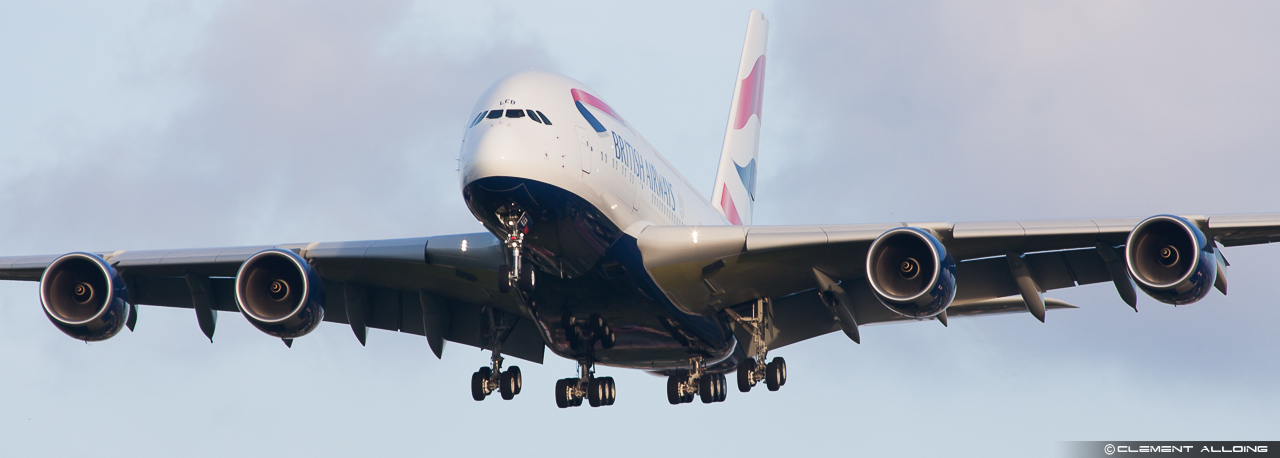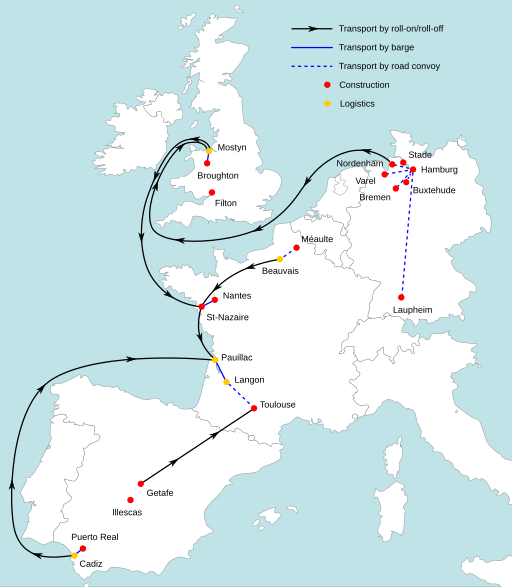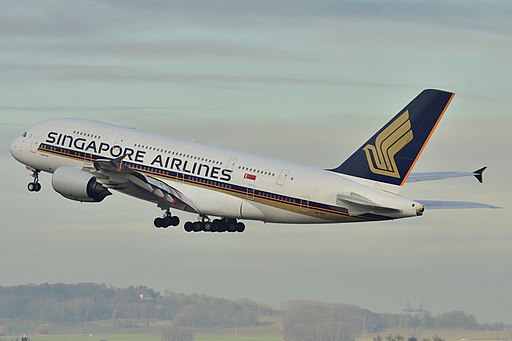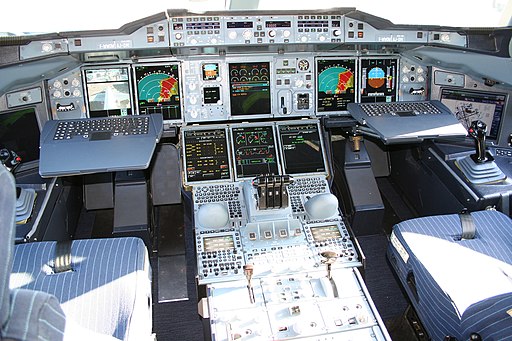Airbus A380: The not-so-popular game changer
Airbus recently announced production of the A380 – the world’s largest passenger aircraft – would end in 2021, and despite this expected, but unfortunate decision, it’s important that we acknowledge what the aircraft has done to the aviation industry.
In the very late 1980s, Airbus’ top engineers began to discuss the future of aviation, specifically focusing on growth, airline and passenger demand and what the company could do that’s unique. Before anything was even settled, these ultra-secret discussions came under the name of ultra-high-capacity airliner (UHCA), which slipped out in minority, however was widely unheard of.
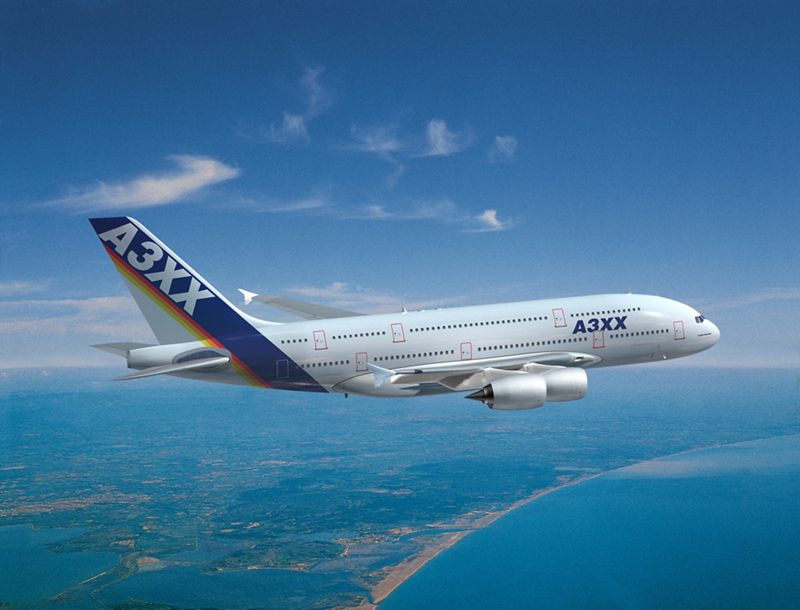
After countless hours discussing ideas and feasibility concerns in a small office building, the program was announced at the Farnborough Air Show in 1990 and was targeted at the Boeing 747-400 and future aircraft developments from other competitors, offering greater fuel efficiency and better operating costs.
FACT: Airbus consortium companies and Boeing proposed they work together to tackle the “limited market”, however this was turned down by Airbus in favor of their own aircraft.
Dubbed the A3XX at the time, engineers began to enhance their talks with suppliers, executives and researches throughout the consortium, and despite their being no official “look” at what the aircraft would be, the industry knew it would be big.
Various designs were tossed about, including placing two A330/A340 fuselages side-to-side, however only one stood out as being viable and that’s the one we see today and which you can see in the following image:

The full-length double-deck design not only allowed the aircraft to carry such a large amount of passengers, but also do so in style. Airbus advertised the aircraft idea to airlines with the likes of shops, duty-free sections, gyms, casinos, large bathrooms and bars onboard.
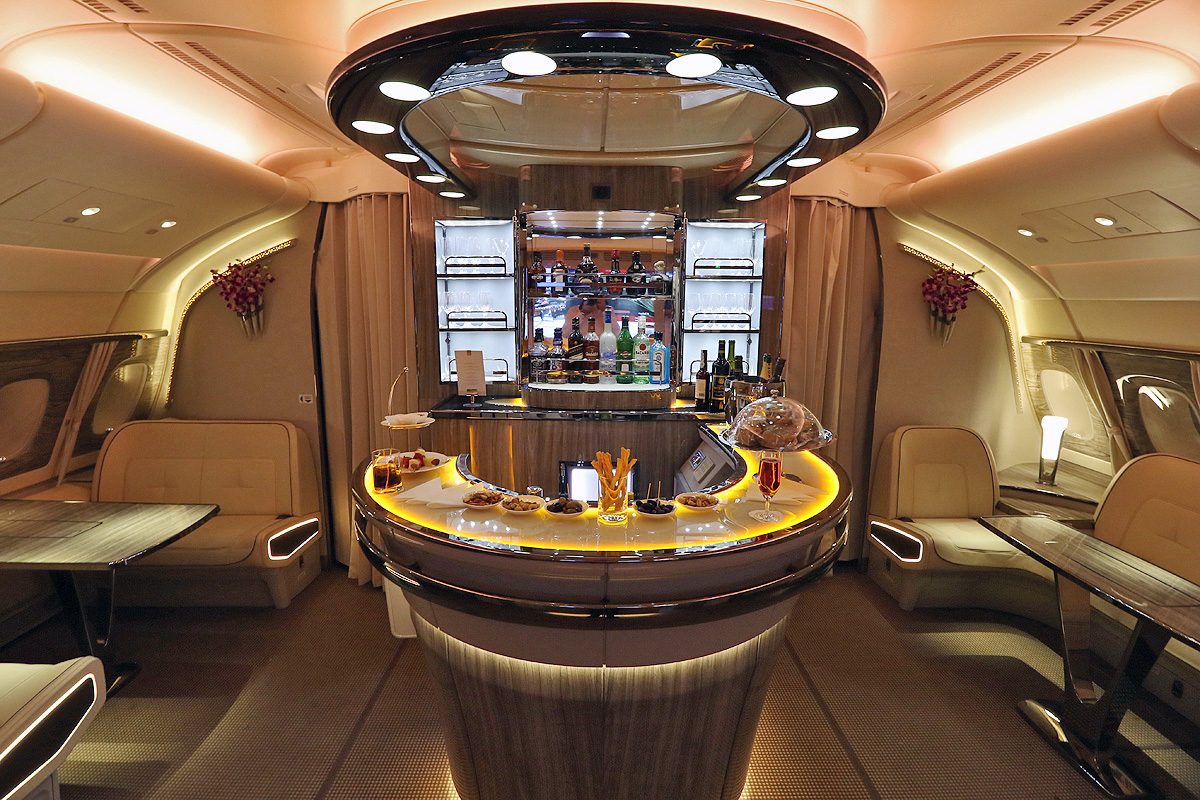
It wasn’t until the year 2000 where Airbus officially announced the A380 program, securing 50 orders for the aircraft from six airlines. The company expected the program to be cost $10.7 billion, however as time progressed, this figure soon became a drop in the ocean.
Competition and fuel costs pushed Airbus to make this aircraft extremely effective, with the aim of 15-20% less fuel consumption than the Boeing 747-400 while carrying more passengers.
So what made Airbus choose ‘8’ as the new family member?
Strong advertising in Asia meant Airbus wanted every sales point they could get, even if it was something so blatantly simple to some. With the number eight being a lucky number in some Asian countries, Airbus jumped the gun and selected it for the aircraft. Additionally, the shape of the fuselage cutaway resembles an ‘8’ shape.
Just like all Airbus aircraft, production takes place all around the world, however mainly in Europe with France, Germany, United Kingdom and Spain being the primary locations.
The saying goes:
“An Airbus has already flown before it’s been built”
Implying the use of the A300 based Beluga aircraft used to transport wing, fuselage and tail sections between facilities in Europe; it was evidently found that the Beluga would be too small the transport almost all parts for the A380.
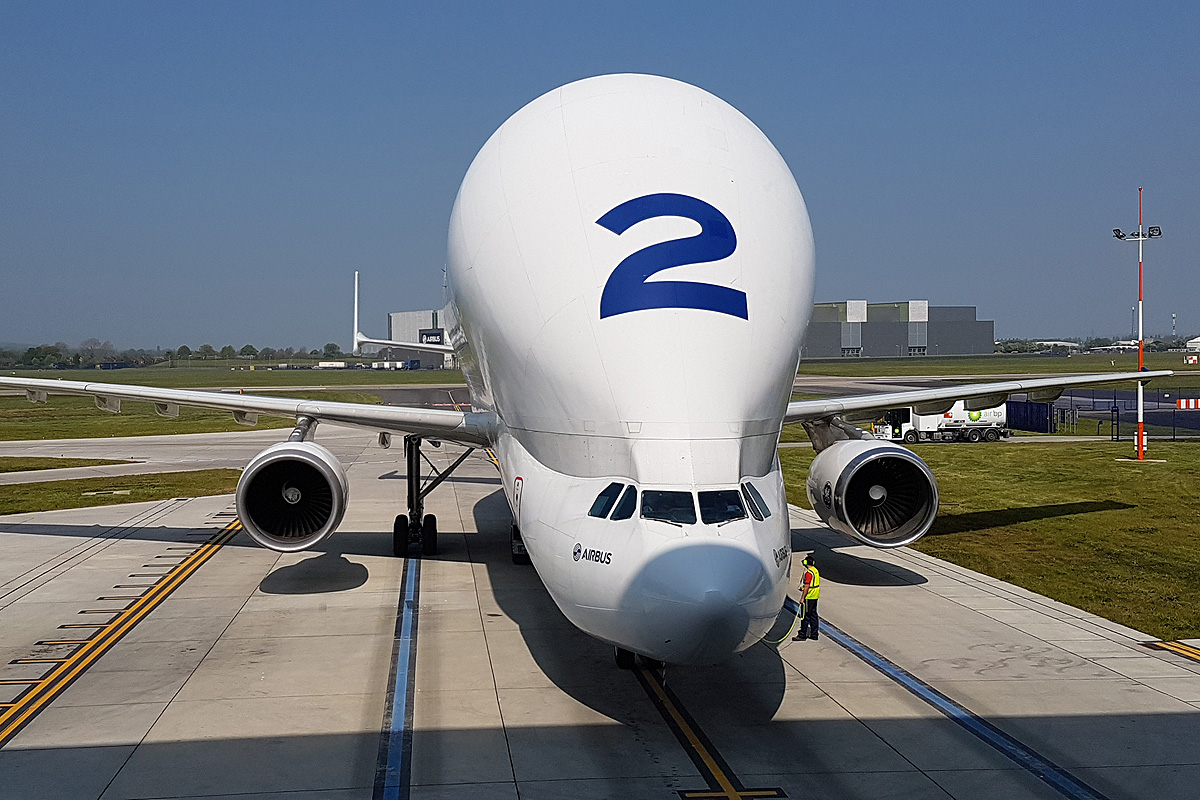
Subsequently, logistics engineers devised a plan called the Itinéraire à Grand Gabarit that would see various companies execute tight maneuvers through small villages, rivers and through airport facilities to deliver all the parts required for an A380.
The following map outlines A380 part transport:
Specialized buildings that had been planned for were ready to accept the first major parts, with large jigs for joining sections and advanced systems used to align parts were in place, all controlled by the touch of a button.
MSN001, registered F-WWOW (possibly since it was such a ‘WOW’ aircraft), eventually rolled out of the hangar and was unveiled in a tremendous unveiling ceremony in Toulouse on the 18th of January 2005. Attended by top executives, European representatives, airlines and enormous amounts of media, the event has been noted to potentially be one of the most prestigious in the history of modern commercial aviation.
Standing tall on its enormous landing gear, the world got a glimpse on just how big the aircraft really is. Seeing dimensions on paper is nothing until it’s seen in person. The four Rolls-Royce Trent 900 engines selected for the test aircraft emphasized this breathtaking figure, which can be seen in the official unveiling video published by Airbus:
Jacques Rosay, chief test pilot for Airbus at the time, was selected to take the aircraft to the skies for the first time and on 27th of April, 2005, he did just that with a crew of other flight test engineers and specialists, all carefully monitoring every single parameter measurable by the thousands of sensors throughout the aircraft.
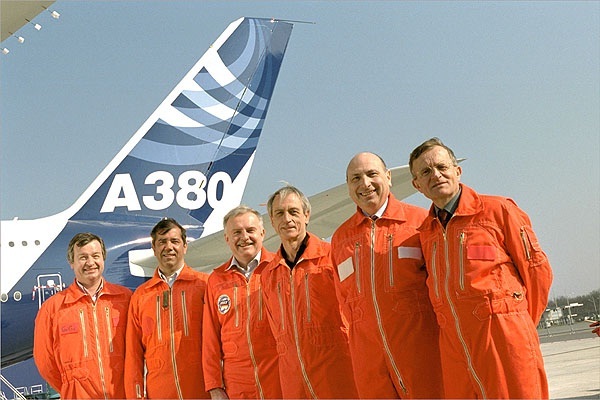
The flight test campaign can only be described as demanding, as such an aircraft was a first for anyone systems, size and complexity wise. Any issues had to be resolved immediately, setting back the program so tests were gently introduced to the aircraft.
Of all the tests that have to be completed, the most dangerous was flutter testing, where the aircraft would be pushed to its maximum design limit defined by computer simulations on the ground and what engineers read from sensors.
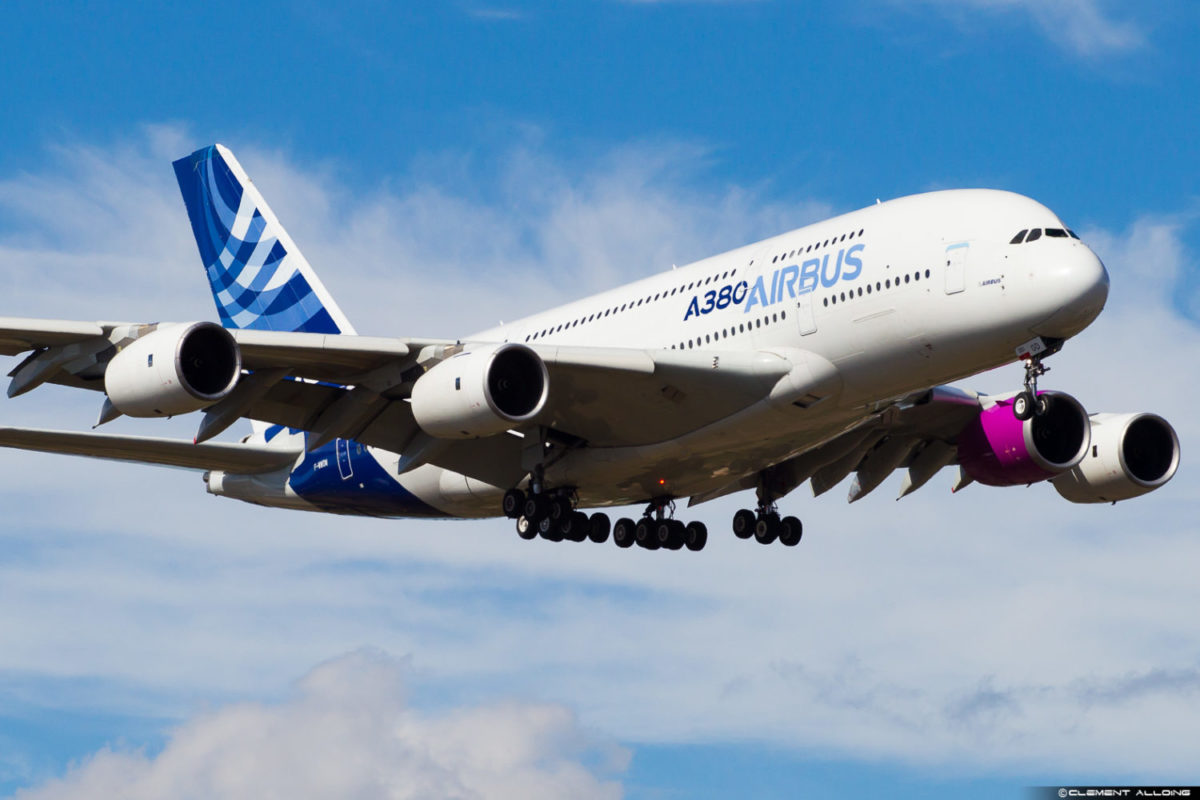
Conducted on the 1st of December of the same year, Rosay and his engineers prepared to bring the aircraft to its limit – despite confidence in the engineers and all the preparation work, there was noticeable nerves within the crew members who described the test as something the aircraft will only have to do once in its entire operating life, which includes the entire fleet.
Gently diving the aircraft, vibrations grew stronger, ceiling racks for computers began to shudder and wings were visibly oscillating at their wing tips. Monitoring rooms on the ground sat on edge watching data streaming from the aircraft in graphs. Upon recovery, engineers were proudly stating the aircraft reached its maximum design speed of Mach 0.96, with an operating cruise speed of Mach 0.85.
Flight tests carried on, with the defining factor for the aircraft being its evacuation tests, which might not sound that interesting, but ultimately allowed the A380 to carry 853 passengers and 20 crew with the ability to evacuate them in 78 seconds using half the available exits.
Following hundreds upon hundreds of flight test hours using both Rolls-Royce Trent 900 and Engine Alliance GP7200 engines, both the European Aviation Safety Agency (EASA) and the Federal Aviation Administration (FAA) presented Airbus with type certificates for the A380-800 on the 12th of December, 2006, however this wasn’t entirely happy days for Airbus.
For a full overview of the flight-test campaign and certification, check out this video published by Airbus:
With each aircraft containing over 530 kilometers (330 miles) of wiring, any design flaw would be catastrophic for production. Unfortunately this happened – right when the aircraft was already behind schedule. Oversight in software used for designing the aircraft saw Germany and Spain using one version whilst France and Britain had upgraded to the latest version, causing manufacturing issues for wire type, mounting and overall management.
More delays slammed Airbus from all directions with media bombarding the company as well as talks about adjusting orders, however once customer remained in place as the launch customer.
Touching the clouds with an airline livery
Singapore Airlines was the subject under the spotlight, being the first airline to receive the Airbus A380, specifically MSN003 (9V-SKA). Delivered in October 2007 and commence operations only ten days later on the 25th, the aircraft was given flight number SQ380 for bragging rights for its flight between Singapore and Sydney.
At the time, the A380 was the big thing, so rather than selling seats as per usual, the airline used the opportunity to earn extra money, auctioning off seats from anywhere between $500 and $100,000.
Sam Chui, whilst not on the inaugural Singapore to Sydney flight, attended as a passenger on the inaugural return flight.
You can read about his experience here:
Review: Singapore Airlines First To Fly A380 in First Class Suite
Emirates was next, serving the Dubai – New York route with what would eventually become their crown jewel of aircraft. Qantas followed shortly and in 2008, almost 900,000 passengers had flown on the aircraft.
Dispatch reliability was praised by the initial airlines, with Singapore Airlines’ CEO stating it was better than expected, however issues were present and Airbus was working hard to resolve them.
Aircraft doors were replaced on some aircraft and aircraft were grounded following the Qantas flight 32 incident which saw one of the Rolls-Royce Trent 900 engine explode mid-air. Post flight inspections identified cracking in wings which forced Airbus to roll out a redesign.
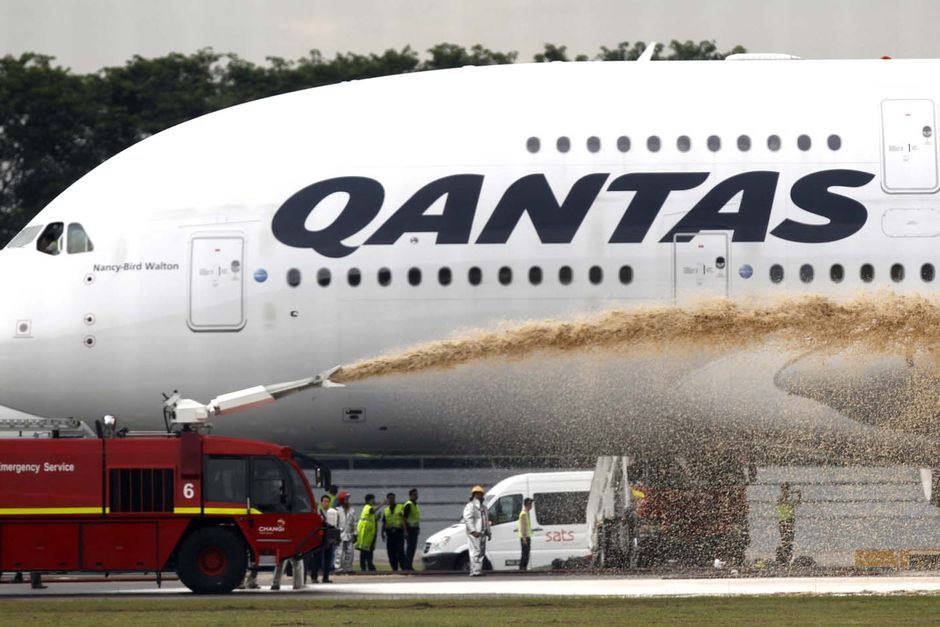
For more on QF32, see the following article:
The following list outlines the A380 operators:
- Singapore Airlines
- Emirates
- Qantas
- Air France
- Lufthansa
- Korean Air
- China Southern
- Malaysia Airlines
- Thai Airways
- British Airways
- Asiana Airlines
- Qatar Airways
- Etihad
- Hi Fly
The A380 Experience
For passengers, the selling point for the A380 is not only its size but what it has to offer inside. Even in economy, the A380 is a favorite for passengers, offering more legroom, wider seats (19 inches) a confusingly quiet cabin and excellent climate control and comfort features.
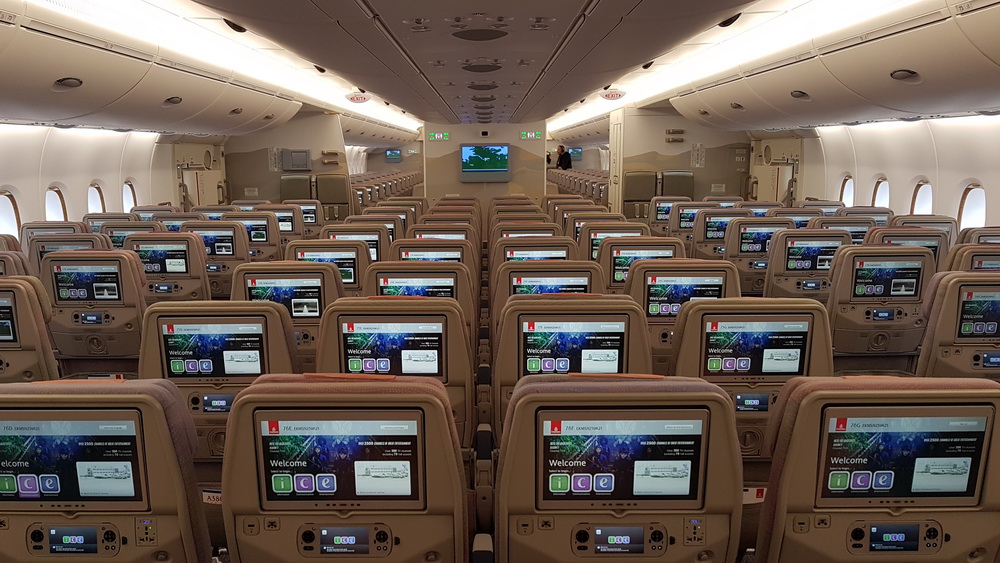
Bumping up to business or first class, seats can vary from small suites with large screens and flatbeds to multi-row, fully-enclosed rooms with your own double bed. An eye-watering experience (literally) is the onboard shower, which Sam Chui has showcased many times before in his YouTube videos.


From the start the aircraft wasn’t just meant to be a game changer for airlines, but also passengers. 450 meters squared of space is a lot and with that comes new options. Bars, lounger areas, bathrooms and even simple things like larger galley areas for better food prep are just a fraction of whats to be experienced.
On the outside, airport surroundings can benefit from the A380s excellent noise footprint. Compared to any other Very Large Aircraft (VLA), the A380 emits only half the noise while carrying 85% more passengers than a Boeing 747 – its older rival.
Every two minutes, an A380 takes off somewhere around the world and takes up to 2 million passengers across 120 routes and 60 destinations every month.
For pilots, the A380 features a state-of-the-art glass cockpit, offering easy flight characteristics and system management. The built in computers for the flight controls reduce turbulence and ensure passengers can enjoy their flight.
The A380 was recently described as being the launch for the A350, with the newer, twin-engine aircraft utilizing a lot of the A380s technology and learning experiences.
Rapid Decent of the White Elephant
With all these good benefits of the A380 comes the negatives. The recent announcement to cease production of the Airbus A380 in 2021 was a big one. Additionally, with Emirates adjusting their backlog so they’ll only be receive 14 more, that just leaves another three for ANA.
As of January 2019, Airbus has logged 313 net orders from 16 customers for the type, with 79 remaining on the backlog.
As more and more options arrive for long-haul non-stop travel, airlines question the need for such a large aircraft with four engines. An Airbus A350 or a Boeing 787 can do what the A380 does faster, easier and cheaper, even if three of them are flying to match the capacity the A380 has to offer.
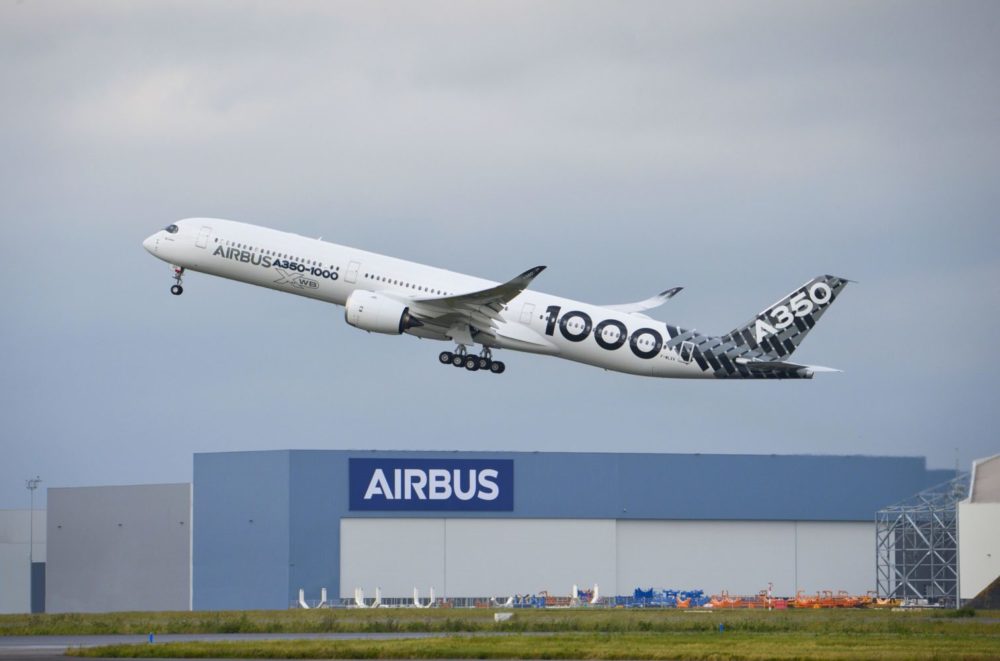
A stagnant order book also doesn’t help, which leaves suppliers bitter and engine manufacturers hanging around, hence the lack of Engine Alliance activity around the recent Emirates debacle. For years, Airbus has been striving to revive the program, however has simply not succeeded. Changing markets and subtle fuel prices leave airlines no real reason to take the aircraft, besides British Airways and Emirates.
Ultimately, when it comes to four-engine, large aircraft, the industry doesn’t need them yet. As air travel grows and more and more airports can’t keep up, there’s only one option and that’s increase capacity, however despite the hopeful thoughts of the return of the A380 at a later stage, its unlikely the aircraft will be reborn the same as future technology developments will pave the way for an even better travel experience.
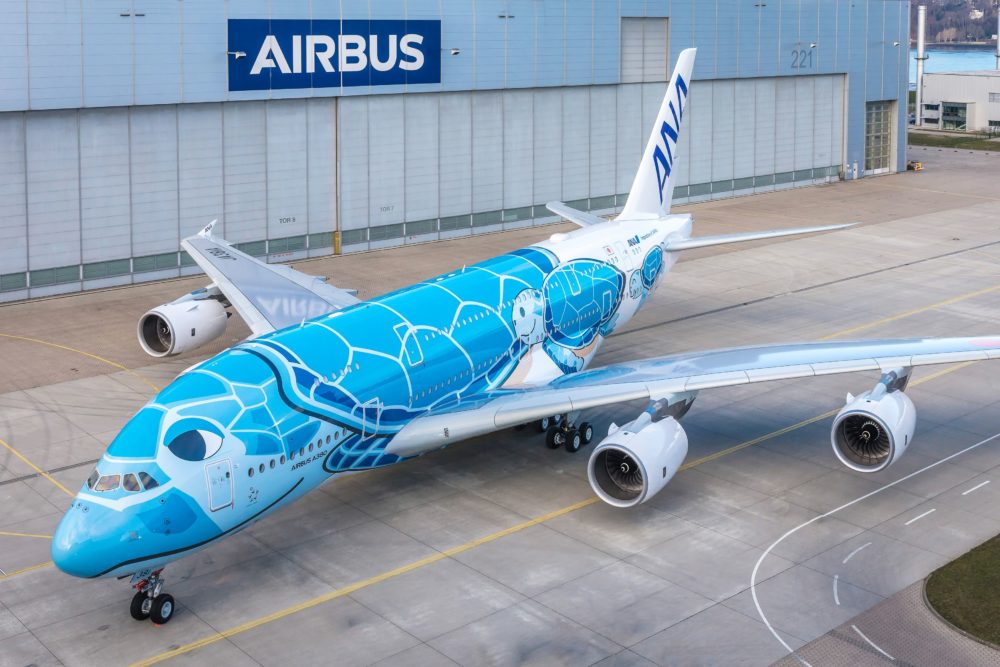
Despite its woes, the A380 will live on for many years to come, with some stating they’ll be around during the early 2040s. Until we achieve faster flights and if airports expand, the use for large aircraft will remain.
For a compilation of A380 photos and videos backed by facts and Sam Chui’s experiences, watch the video on this article here:
Have you flown on an A380? Share with us your opinion on the A380!


